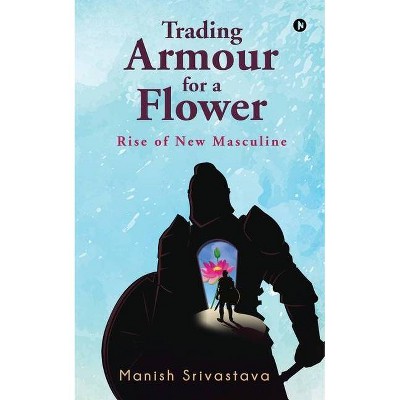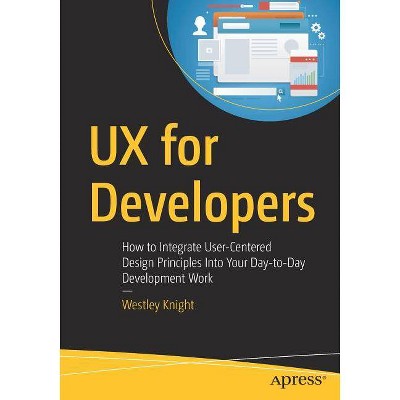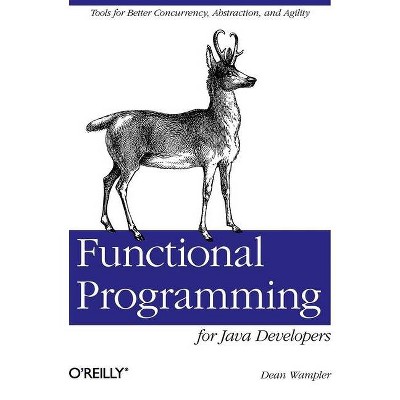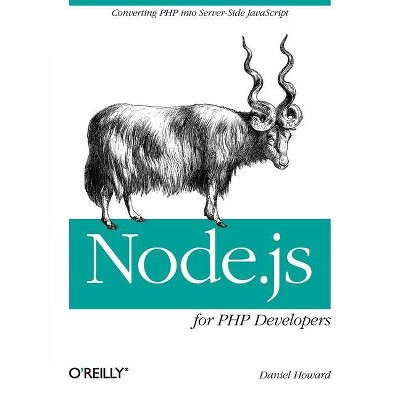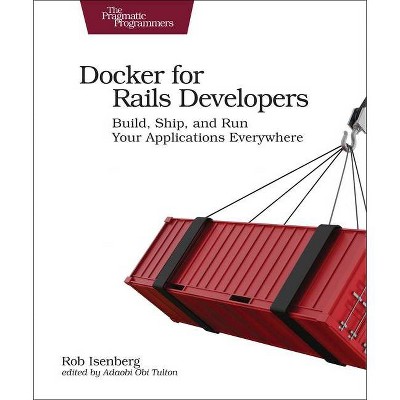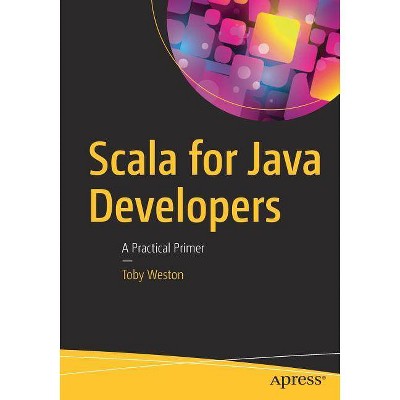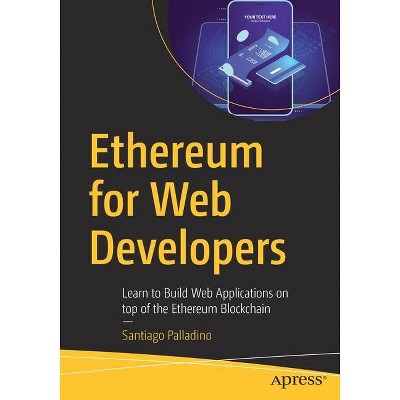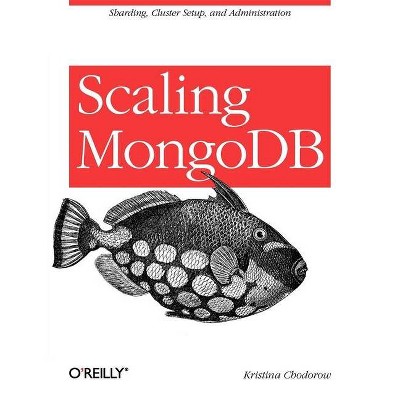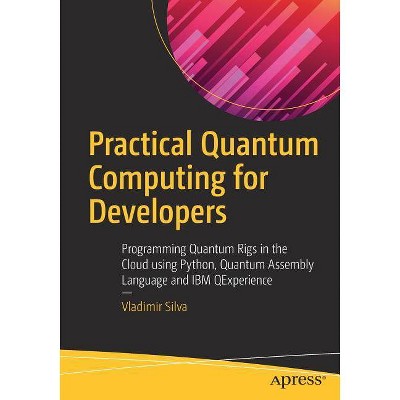Cosmos DB for Mongodb Developers - by Manish Sharma (Paperback)
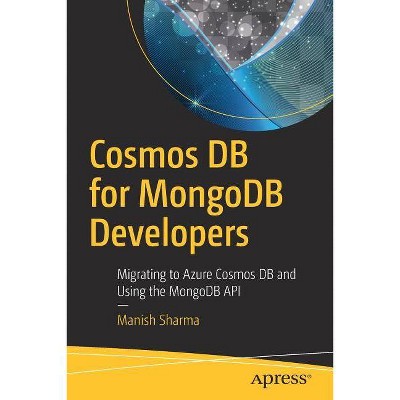
Similar Products
Products of same category from the store
AllProduct info
<p/><br></br><p><b> Book Synopsis </b></p></br></br><b>Chapter 1: Why NoSQL? </b><p><b>Chapter Goal: </b> To set the context for the NoSQL</p> <p><b>No of pages: </b>5 - 8 </p> <p>Sub -Topics</p> <p>1. Existence of NoSQL databases</p> <p>2. Types of NoSQL databases & their usage</p> <p>3. Expectation from NoSQL databases</p> <p>4. Future of NoSQL on cloud</p><b> Chapter 2: CosmosDB overview </b><p><b>Chapter Goal: </b> Provide overview of CosmosDB</p> <p><b>No of pages</b>: 20 - 25<b></b></p> <p>Sub - Topics </p> <p>1. Global distribution</p> <p>2. Multi Modal API</p> <p>3. Elastic scale</p> <p>4. Consistency</p> <p>5. Performance</p> <p>6. SLA</p><b> Chapter 3: CosmosDB Multi-geo replication </b><p><b>Chapter Goal: </b> Help reader to provide an understanding the difference between geo replication of CosmosDB as compared to MongoDB<b></b></p> <p><b>No of pages</b>: 10 - 15<b></b></p> <p>Sub - Topics: </p> <p>1. Configuration</p> <p>2. Auto-shift Geo APIs</p> <p>3. Multi-read / single write region pattern</p> <p>4. Atomicity & Geo-replication</p><b> Chapter 4: Indexing </b><p><b>Chapter Goal: </b><b> </b>Help reader to understand indexing behavior of CosmosDB compare to MongoDB</p> <p><b>No of pages</b>: 15 - 20 </p> <p>Sub - Topics: </p> 1. Auto Indexing<p></p> <p>2. Custom Indexing</p> <p>3. Indexing methods</p> <p>4. Optimizations</p><b> Chapter 5: Partitioning </b><p><b>Chapter Goal: </b><b> </b>Help reader to understand partitioning behavior of CosmosDB compare to MongoDB</p> <p><b>No of pages</b>: 15 - 20 </p> <p>Sub - Topics: </p> <p>1. MongoDB Partitioning</p> <p>2. Partitioning in CosmosDB</p> <p>3. Optimizations</p><b> Chapter 6: Consistency </b><p><b>No of pages</b>: 5 - 10 </p> <p><b>Chapter Goal: </b>Help reader to understand different consistency level and tune it with comparison to MongoDB.</p> <p>1. Consistent read/write</p> <p>2. High throughput</p> <p>3. Balancing act</p><b> Chapter 7: Sizing </b><p><b>No of pages</b>: 5 - 10 </p> <p><b>Chapter Goal: </b>Help reader to understand the concepts of Read Units & its calculation drived from existing MongoDB's usage.</p> <p>1. What is RU?</p> 2. Calculate RU<p></p> <p>3. Optimize RU consumption </p><b> Chapter 8: Migrating to CosmosDB MongoDB API </b><p><b>No of pages</b>: 20 - 30 </p> <p><b>Chapter Goal: </b>Detailing of CosmosDB MongoDB API.</p> <p>1. Migration Strategies</p> <p>2. Preparation</p> <p>3. Migration</p><b> Chapter 9: CosmosDB MongoDB API - Advanced services </b><p><b>No of pages</b>: 20 - 30 </p> <p><b>Chapter Goal: </b>Detailing of CosmosDB MongoDB API.</p> <p>1. Aggregation Pipeline support</p> <p>2. Spark connector</p> <p>3. TBD</p> <p><br></p><p/><br></br><p><b> From the Back Cover </b></p></br></br>Learn Azure Cosmos DB and its MongoDB API with hands-on samples and advanced features such as the multi-homing API, geo-replication, custom indexing, TTL, request units (RU), consistency levels, partitioning, and much more. Each chapter explains Azure Cosmos DB's features and functionalities by comparing it to MongoDB with coding samples. <br><i>Cosmos DB for MongoDB Developers</i> starts with an overview of NoSQL and Azure Cosmos DB and moves on to demonstrate the difference between geo-replication of Azure Cosmos DB compared to MongoDB. Along the way you'll cover subjects including indexing, partitioning, consistency, and sizing, all of which will help you understand the concepts of read units and how this calculation is derived from an existing MongoDB's usage. <br>The next part of the book shows you the process and strategies for migrating to Azure Cosmos DB. You will learn the day-to-day scenarios of using Azure Cosmos DB, its sizing strategies, and optimizing techniques for the MongoDB API. This information will help you when planning to migrate from MongoDB or if you would like to compare MongoDB to the Azure Cosmos DB MongoDB API before considering the switch.<br>You will: <ul><li>Migrate to MongoDB and understand its strategies<br></li><li>Develop a sample application using MongoDB's client driver<br></li><li>Make use of sizing best practices and performance optimization scenarios<br></li><li>Optimize MongoDB's partition mechanism and indexing</li></ul><p/><br></br><p><b> About the Author </b></p></br></br><p>Manish Sharma is a senior technology evangelist at Microsoft. He has an experience of 14 years with various organizations and is primarily involved in technological enhancements.He is a certified Azure Solution Architect, Cloud Data Architect, .NET Solution Developer and PMP certified project manager. He is a regular speaker in various technical conferences organized by Microsoft (FutureDecoded, Azure Conference, specialized Webinars) & Community (GIDS, Docker etc.) for Client-Server, Cloud & Data technologies. </p><p></p>
Price History
Price Archive shows prices from various stores, lets you see history and find the cheapest. There is no actual sale on the website. For all support, inquiry and suggestion messagescommunication@pricearchive.us
